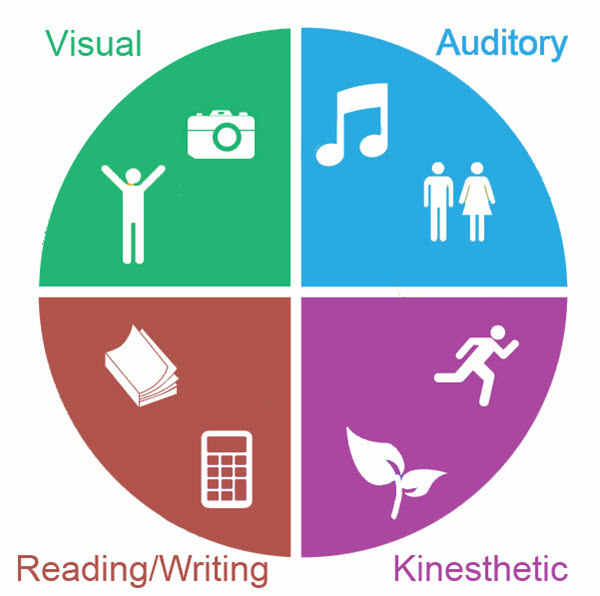How Nursing Students Can Learn Smarter
There are as many reasons for going into nursing as there are nurses, but most would probably include the challenge and pleasure of learning new things every day. However, the experience of learning as a practicing nurse can be a very different kind of pressure from the stresses of preparing for your degree and Nclex.
For one thing, the academic emphasis of your initial qualification period may at times seem to have little in common with your chosen vocation. If you didn’t enjoy or excel at school the first time around, there are moments during the qualification process when you may feel what you’re meant to be learning is going in one ear and out the other.
Don’t worry. This is normal. In fact, one thing very few education establishments really teach their students is ‘how to learn’.
The 4 Most Common Types of Learners
Many learners who struggle the most are simply being taught in a way that does not complement their individual style of learning. Once you’ve figured out your own style as an adult student, you can choose the methods and materials that will help you learn the most.
So what are those ‘styles of learning’? Well, learning theorist Neil Fleming has suggested there are four such styles (and a fifth that consists of a combination of the preceding four). His system is called VARK, meaning Visual, Aural/auditory, Reading/writing and Kinethetic learning. Many nursing students will find they fit one of these main four styles much more closely than the others.

Type 1: Visual Learners
If you’re the kind of person who, when asked for directions, tends to draw a map rather than giving a list of written or spoken instructions, you are likely a Visual learner first and foremost. When you’re shadowing at the hospital or listening in class, you could try making sketches and graphs of what you hear and see rather than making notes.

When you do write things down, it can help to arrange your notes graphically in bubbles or squares and with arrows and other symbols to help you create a memorable visual relationship between elements of a subject, rather than in reams of linear text or by keeping a tape-recording of your professor’s boring voice!
Type 2: Auditory Learners
That said, there are some students who actually work best when listening to lectures. Aural/auditory types are, as you’ll have figured, listening/talking-oriented learners. If you just have to meet people face to face to get to know them, you find spoken sentences easier to relate to than those in a textbook, and you enjoy being informed by watching debates and dialogues, you are likely one of these kinds of learners.

Work with it. It’s a sociable form of learning, so you can benefit further from figuring out who else in your cohort likes to learn this way – and initiate discussion groups or workshops to work through topics together.
In lectures and on rounds, don’t be afraid to ask questions. This is how you learn and it’s perfectly valid. Indeed, this may be how you’ll learn most about your patients and colleagues once you qualify – by asking the right questions and listening pro-actively to the answers.
Type 3: Reading & Writing Learners
The third type of learner is the reader/writer. If you need written step-by-step instructions to put together new furniture or figure out your new smartphone, this could be you. If you find yourself panicking to have forgotten your pen or notebook in class, likewise it probably means that deep down, you know you depend on those written notes.

Note-taking and the study of textbooks can be valuable processes for you, but don’t be afraid to extend these skills into other scenarios. For example, if you are struggling with a concept that has been demonstrated to you visually or explained hurriedly, put aside a couple of hours to compose what you think you’ve understood of it into a text.
The word ‘essay’ actually comes from the French verb ‘to try’ – not every essay has to be a finished piece of coursework. Some can be just for you to lay out a topic in a format that will help you to think it through!
Type 4: Kinesthetic Learners
Finally, it could be that you’re a kinesthetic learner – meaning you learn best through practical experience; the doing of things. Of course, this can be pretty tricky when you’re yet to qualify as a nurse, as you’ll have limited opportunities to ‘get your hands on’, as it were.
But, if you are the type who can’t figure your way through a new piece of gear without getting your hands on it, do try to find all the ways you can to physicalize your learning experience – whether it’s using your significant other as an anatomical map, or just getting as much floor time and work experience as possible.

Being a nurse, and studying to be a nurse, is hard work. There’s no sense in making it harder on yourself by using unsuitable techniques. Instead, try working through this visual guide to the main learning types to help you figure out what’s best for you and how you should proceed.




















